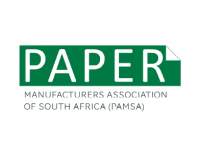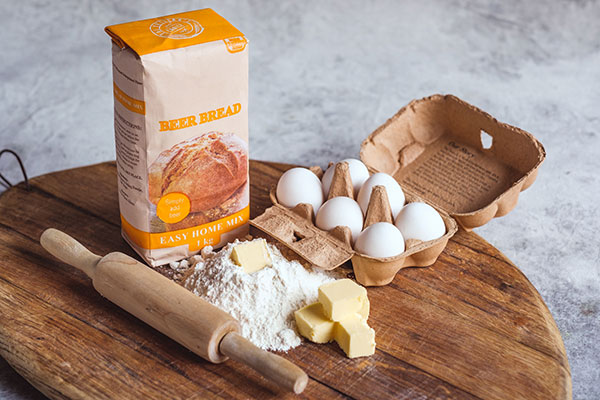News
Partner content: Paper packaging – The greener choice
Tuesday, September 27th, 2022 Brought to you by PAMSA
Brought to you by PAMSA
Although many leading South African restaurants aspire to a farm-to-plate approach when it comes to preparing picture-perfect dishes, the reality is that some ingredients are protected or preserved in some kind of wrapping. Along with how the ingredients are produced, the end-of-life of packaging can have a big influence on your meal’s environmental impact.
Paper is fast becoming the substrate of choice in food packaging because it is made from a natural material: wood fibre from responsibly managed plantations. This makes paper renewable, recyclable and, in some cases, biodegradable.

Trees of all kinds – whether fruit trees or farmed eucalyptus trees – play a vital part in keeping our planet regulated, offsetting greenhouse gas emissions and mitigating climate change. Like the plants we eat, trees absorb carbon dioxide (CO2) from the air and water from the ground, and convert this into growth. Oxygen is then returned to the atmosphere in a process called the carbon cycle. The carbon stays locked up in the wood, and even further in paper products.
This is also why sustainably harvested wood products, such as paper, are preferred for packaging by local food and beverage trendsetters.
“Commercially farmed plantations also play an important role in protecting our indigenous forests and biodiversity, as they provide wood for industrial purposes such as fibre, building and fuel,” says Jane Molony, executive director of the Paper Manufacturers Association of South Africa (PAMSA).
“Essentially, plantation trees are crops like wheat or corn, planted and replenished in rotations, with less than 10% of the total tree count being harvested in any given year. This means that there are always trees growing, at different stages of maturity, and these trees are contributing to the carbon cycle, the economy and the livelihoods of thousands of people.”
When recycled, the lifespan of the wood fibre in paper is extended even further when it is converted into other paper and board products, and the carbon stays locked up for longer.
“Both professional chefs and home cooks can play their part in reducing the impact that packaging has on the environment by recycling. Recyclable paper such as cardboard boxes and dry food packaging should not get wet or dirty, however,” explains Molony. “Because paper is effectively a natural product, any contact with moisture, such as tea bags, food scraps or liquids, will set off the degradation process.”

Keeping paper products separate, dry and available for recycling is good for three reasons:
- It is easier, cleaner and quicker for waste collectors to retrieve these items.
- Separating wet waste from your recyclables also creates the opportunity for composting, which provides nutrients for food gardens.
- Paper fibres retain their integrity, which means a better-quality product when the paper is recycled.
For more information on PAMSA, contact Samantha Choles at sam@frogcomm.co.za or visit https://thepaperstory.co.za.
Hungry for more? Join more than 30 000 other Eat Out fans who get the scoop on the latest new restaurant openings, reviews and more – straight to their mailboxes every week.












